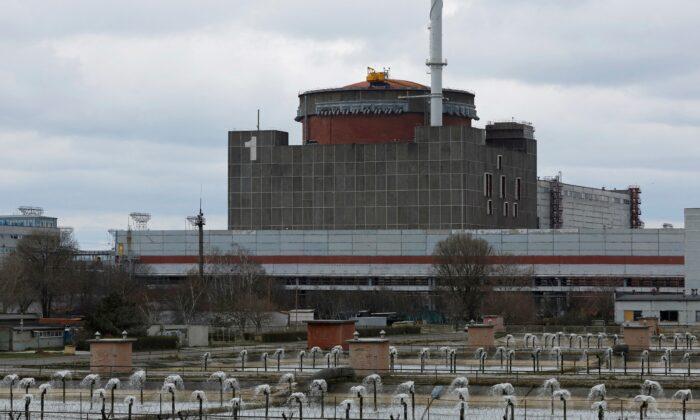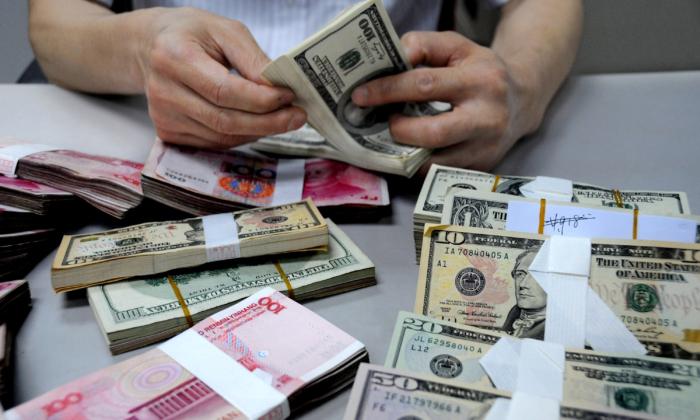Floodwaters exceeded safety levels by up to 13.6 feet across 14 monitoring stations in Heilongjiang Province on June 27 at 8 a.m., according to the Heilongjiang Province Hydrology and Water Resources Center. Eleven of the 14 monitoring stations are along the Heilong River, two along the Nen River, and one at the Huma River.
A local authority also confirmed that 5 of the 14 stations were under flood emergency status for exceeding safety levels (the maximum designed flood levels). The Sandaoka, Zhangdiyingzi Township, Changfa Tunjiang section of the Heilong River was the worst, exceeding the warning level by 13.6 feet—3 feet higher than the safety guarantee level.
At 11:31 a.m. on June 27, the Songliao River Water Resource Commission of the Ministry of Water Resources reissued an Orange Flood alert, the second-highest in China’s four-tier flood warning system.
A flood peak of the Heilongjiang River that pushed the water level to 337 feet hit Huma County on June 26 at 8 a.m., exceeding the warning level by approximately 11 feet.
The Heilong and Nen Rivers are the two major rivers in Heilongjiang Province in the northeast of China. The Heilong River, known as the Amur River in Russia, is the tenth longest river in the world. The rivers within Heilongjiang Province have been divided into two parts with flood alerts issued by different authorities, Songliao River Water Resource Commission of the Ministry of Water Resources and Heilongjiang Province Hydrology and Water Resources Center.
China’s Ministry of Water Resources launched a level III emergency response on June 21 for the first major flood of 2021 on the Nen River.
Lu Yao (pseudonym), a local resident in Tahe County, Heilongjiang, told The Epoch Times that the houses along the river in Tahe County had been soaked by the water and the crops were also flooded. Even if the water had receded quickly, it would have been too late to replant. She believes local grain production will suffer a loss this year, and the price of grain will likely increase.
Lu said that the climate this year was exceptionally abnormal in her hometown. In previous years, it became fairly warm after May 1, but this year it was somewhat cold toward the end of June. In addition, there have been two tornadoes this year, which never occurred in the area before.
Lei Ying (pseudonym), an employee at the local water conservancy department in Heihe City, told The Epoch Times that there had been torrential rains in Heilongjiang this year, causing river levels to rise. Local meteorologists attributed it to the Arctic polar vortex, a rapidly swirling frigid air.
Lei revealed that there was not much rain in the Heihe River basin this year, but the upper reaches of the Mohe River received one month’s rainfall in one day. As a result, the water that overflowed onto the banks completely destroyed houses and fields along the river. She learned that all 4,642 people from 21 villages in three counties along the river have been evacuated.
The current focus now is preserving water sources from flood pollution by raising the levees, Lei said.
“Local government officials are very nervous, because they have to make sure there is no bad news before the Chinese Communist Party’s 100th anniversary. Many people have been working day and night for several days in a row to secure the levee. It is exhausting,” she said.





